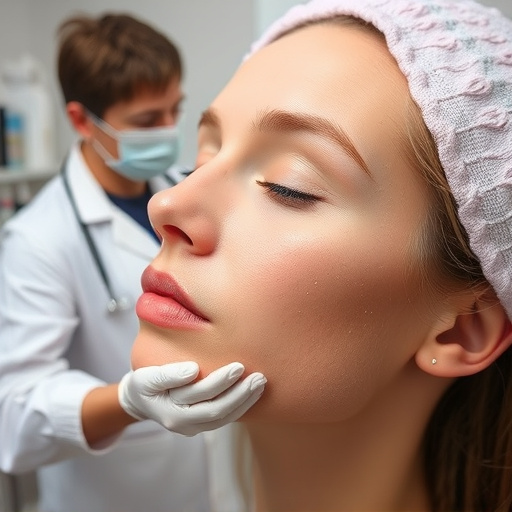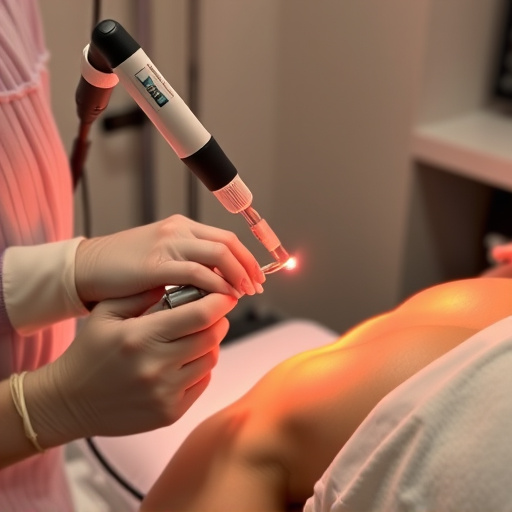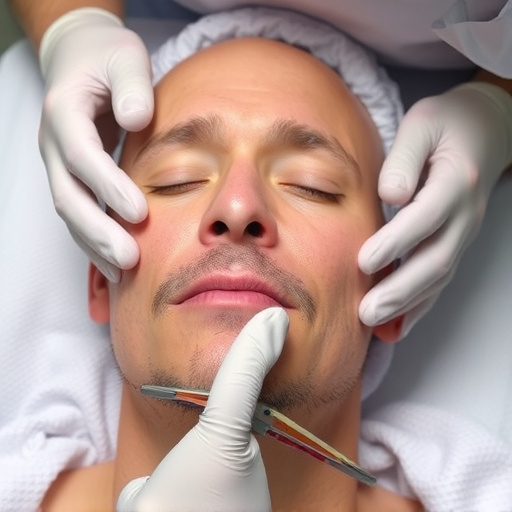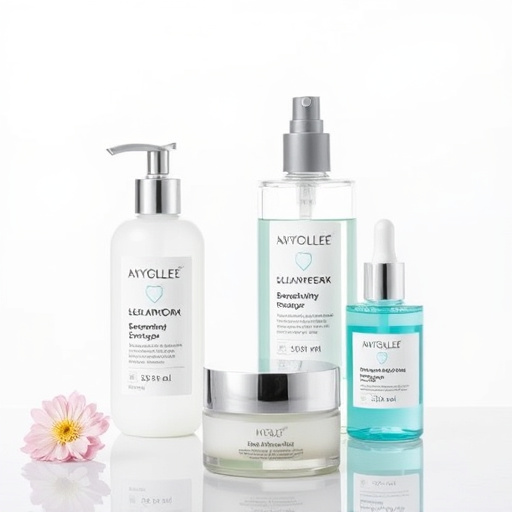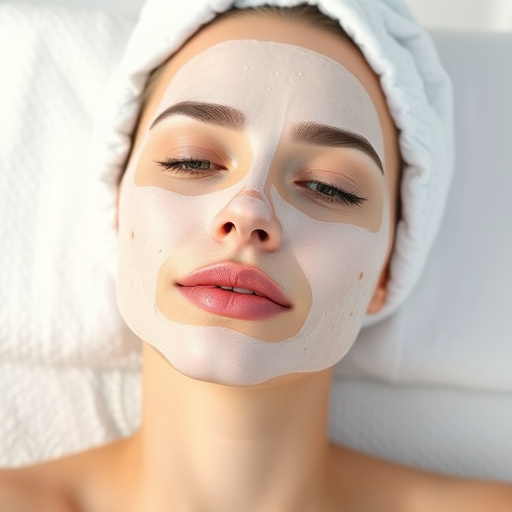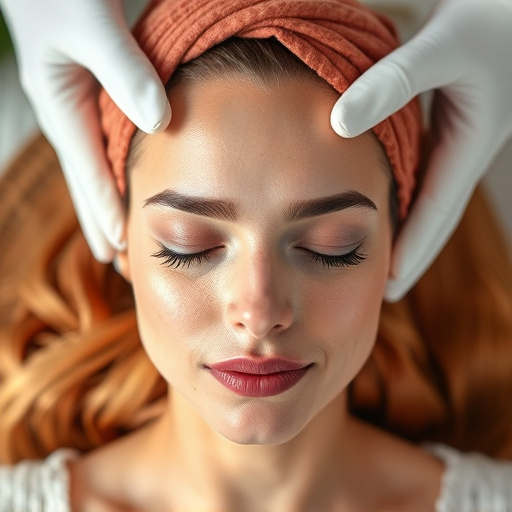Rosacea is a chronic skin condition causing facial redness, breakouts, and visible blood vessels with unknown causes but linked to genetics and triggers like sun exposure, food, and stress. Treatment involves identifying triggers, using gentle skincare, and medical procedures like facials and non-surgical treatments. Personalized plans focusing on daily routines, specific facial care, and stress management are key to managing symptoms long-term, keeping skin calm and clear.
Rosacea is a chronic skin condition characterized by redness, puffiness, and small, visible blood vessels on the face. It’s not just about appearance; it can cause significant discomfort and impact self-esteem. This article guides you through achieving calmer skin with effective rosacea treatment plans. We’ll explore the causes and symptoms of rosacea, emphasize the importance of personalized care, and provide long-term strategies for maintaining healthy, clear skin.
- Understanding Rosacea: Causes and Symptoms
- Creating a Personalized Treatment Plan
- Long-Term Care and Maintenance for Calmer Skin
Understanding Rosacea: Causes and Symptoms
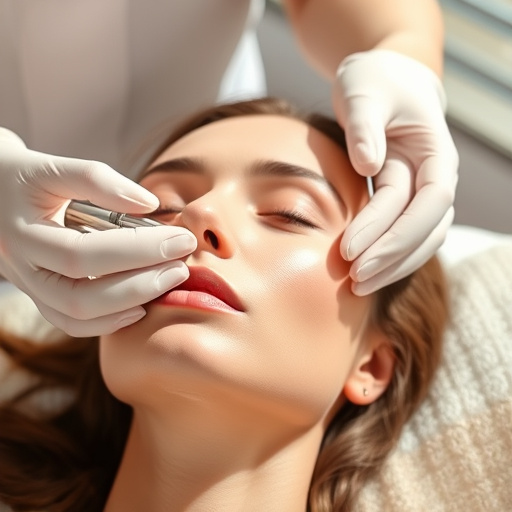
Rosacea is a chronic skin condition characterized by redness, small pustules, and visible blood vessels on the face. It’s important to understand that while it can be embarrassing, rosacea is not contagious. The exact cause of rosacea remains unclear, but several factors are believed to play a role, including genetic predisposition, environmental triggers, and changes in facial blood flow. Symptoms often begin with mild redness and flushing, evolving into more pronounced inflammation over time.
Common symptoms include acne-like breakouts, dry, itchy skin, and visible small blood vessels. Triggers for rosacea flares can vary from individual to individual but often include sun exposure, certain foods, cosmetic products, stress, and temperature extremes. Effective rosacea treatment involves a combination of identifying and avoiding triggers, using gentle skincare products, and sometimes turning to acne treatments, hydrating facials, or non-surgical treatments recommended by dermatologists.
Creating a Personalized Treatment Plan
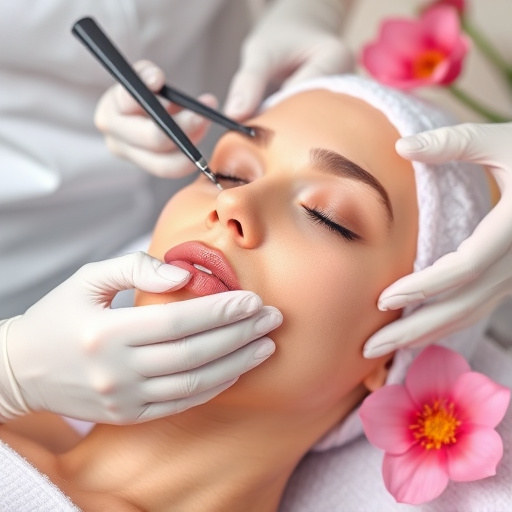
Creating a personalized rosacea treatment plan is essential for achieving calmer, clearer skin. The first step involves identifying the specific triggers and symptoms associated with your condition. This may include understanding environmental factors, certain skincare products, or even dietary choices that exacerbate redness and inflammation. With this knowledge, you can collaborate with a dermatologist to design a tailored strategy.
A comprehensive plan might incorporate various techniques such as gentle cleaning routines, customized facials targeting rosacea symptoms, and skin brightening treatments to minimize visible signs. Additionally, lifestyle adjustments like stress management and hydration can significantly impact your skin’s health. By combining these targeted interventions, you can create a holistic approach to managing rosacea effectively.
Long-Term Care and Maintenance for Calmer Skin
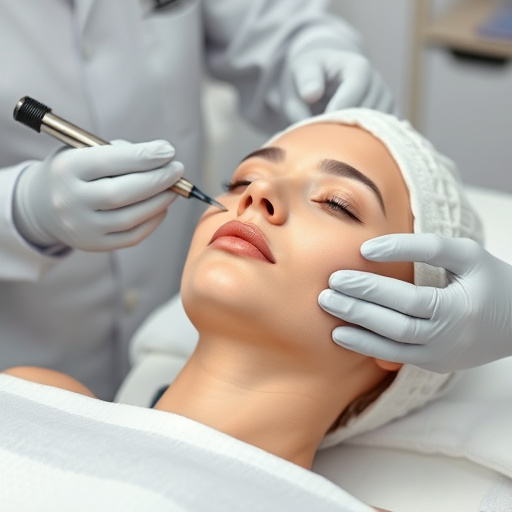
Maintaining calmer, healthier skin after achieving control over rosacea requires a long-term care and maintenance strategy. This involves consistent daily routines and specific facial treatments tailored to soothe and protect the skin. Gentle cleansing with non-irritating products is essential, along with using moisturizers designed for sensitive skin to prevent dryness often associated with rosacea flares.
Chemical peels can be a valuable addition to your skincare regimen, offering deep exfoliation to remove dead skin cells and unclog pores. They also help to promote skin brightening, reducing the appearance of redness and inflammation. However, it’s crucial to choose chemical peel strengths suitable for sensitive skin to avoid further irritation. Regularly scheduled facial treatments, combined with a diligent home care routine, will ensure your rosacea remains managed and your skin retains its calm and clarity over time.
Rosacea can be a challenging skin condition to manage, but with a comprehensive understanding of its causes and symptoms, and by implementing a personalized treatment plan, individuals can achieve calmer, healthier skin. Long-term care and maintenance are key to sustaining the results of effective rosacea treatments, ensuring that skin remains clear and comfortable for years to come. By adopting gentle skincare routines, avoiding triggers, and utilizing targeted products, those affected by rosacea can find relief and embrace a newfound sense of confidence. Remember, consistent care and a proactive approach are essential when it comes to managing rosacea effectively.



